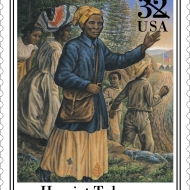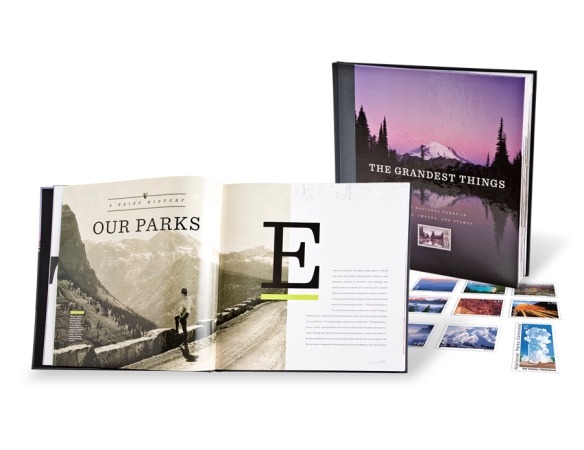Created from ancient upheavals and the artistic whittling of glaciers, Glacier National Park‘s magnificent peaks and valleys are revered by local Native American tribes and are an awe-inspiring experience for visitors. Glacier was established as a national park on May 11, 1910.

Named for the glaciers that sculpted the landscape more than 10,000 years ago and for the Little Ice Age glaciers there today, Glacier National Park preserves more than a million acres of rugged peaks, panoramic valleys, flowering alpine meadows, sparkling rivers, spectacular lakes, and great wooded forests in the Northern Rocky Mountains.
The park’s Triple Divide Peak straddles the Continental Divide. From this location, the water that falls west flows to the Pacific Ocean, while the water that falls northeast and southeast flows to the Hudson Bay and the Gulf of Mexico. Ranges in elevation and the variable climatic conditions created by the park’s location yield a patchwork of habitats enjoyed by biologically diverse plant and bird communities.
More than 1,800 species of plants have been identified in the park to date. The park is a haven for wildlife with 277 species of birds and 67 species of mammals, including bald eagle, wolverine, lynx, mountain goat, bighorn sheep, and wolf. The park is also home to one of the largest remaining grizzly bear populations in the lower 48 states.
The remarkable Going-to-the-Sun Road, a renowned engineering marvel that officially opened in 1933, winds 50 miles through the heart of the park and across the mountains. The road provides breathtaking views of the landscape and access to the grandeur of Glacier’s early 1900s Swiss-style lodges, several campgrounds, and the many places reminiscent of the park’s rich cultural history of Native Americans, explorers, trappers, miners, and settlers that are listed on the National Register of Historic Places.
More than 730 miles of trails and hundreds of lakes and streams afford close to two million recreational visitors a year excellent opportunities for hiking, fishing, and boating.
In 1932, Canada and the United States declared Glacier National Park and neighboring Waterton Lakes National Park the world’s first international peace park. The United Nations Educational, Scientific, and Cultural Organization (UNESCO) designated both parks biosphere reserves in the 1970s and recognized them together as a World Heritage site in 1995.
This majestic stamp image of Montana’s Glacier National Park is one of 10 designs featured on the upcoming set of Scenic American Landscapes stamp cards. Scheduled for release on June 23, these beautiful postcards are the second set highlighting some of our nation’s most beautiful natural places.













